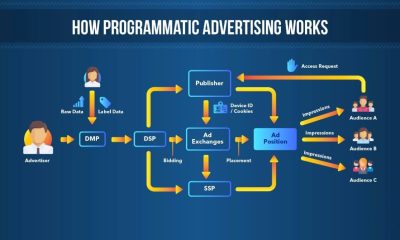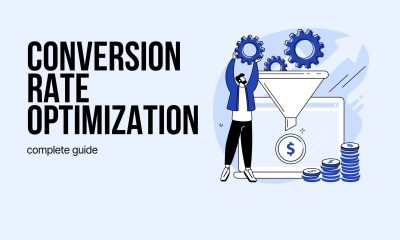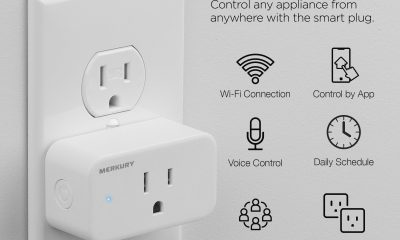Guides
Conversion Optimization: Guide for Higher Conversions
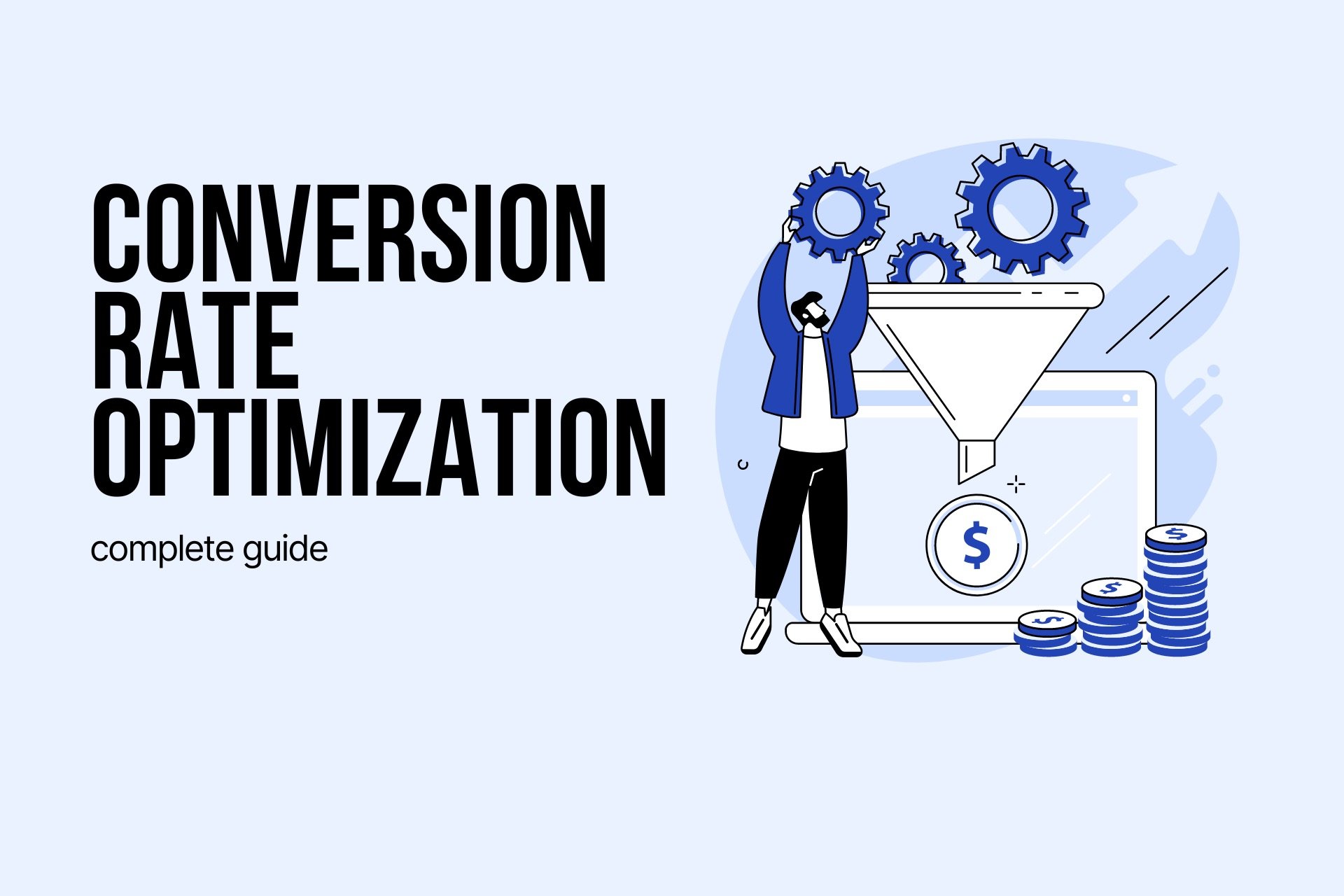
Introduction
Every website has a goal—whether it’s selling products, capturing leads, or encouraging sign-ups. But driving traffic alone isn’t enough. If visitors leave without taking action, your efforts go to waste. This is where conversion optimization, also called Conversion Rate Optimization (CRO), becomes essential.
Conversion optimization is the process of improving your website so that a larger percentage of visitors complete the actions you want—like buying a product, booking a call, or subscribing to a newsletter. At its heart, CRO is about understanding people: their motivations, concerns, and expectations. Combined with Google’s EEAT principles (Experience, Expertise, Authoritativeness, and Trustworthiness), CRO goes beyond surface-level changes. It’s about building credibility, creating value, and making the customer journey simple and reassuring.
This article provides a step-by-step roadmap to optimize conversions while maintaining trust and authority, ensuring both Google and your users recognize your site as reliable and user-friendly.
What Is Conversion Optimization?
Conversion Optimization, or CRO, is the systematic process of increasing the percentage of website visitors who perform a desired action. These actions could be:
-
Making a purchase
-
Filling out a contact form
-
Signing up for a newsletter
-
Downloading a resource
-
Booking a demo
The “conversion rate” is the percentage of visitors who take that action. CRO is about maximizing value from the traffic you already have, making it more cost-effective than constantly chasing new visitors.
Why Conversion Optimization Matters
-
Revenue Growth Without Extra Traffic: Even a small lift in conversion rate can significantly boost profits.
-
Better ROI on Marketing Spend: If ads bring visitors but your site isn’t optimized, money is wasted.
-
Improved User Experience: CRO eliminates friction points, helping users achieve their goals easily.
-
Stronger Trust and Authority: A trustworthy site aligned with EEAT not only converts better but also ranks higher in search engines.
Principles of Conversion Optimization Aligned with EEAT
-
Experience-First Design
-
Understand visitor intent and behavior.
-
Use insights from heatmaps, session recordings, and customer feedback.
-
Create layouts and flows that match user needs.
-
-
Clear Value Proposition
-
Answer the visitor’s main question: “Why should I choose you?”
-
Make benefits obvious in headlines and subheadings.
-
Avoid jargon; use simple, honest language.
-
-
Trust and Transparency
-
Display reviews, testimonials, and credentials.
-
Provide detailed policies on returns, privacy, and security.
-
Ensure visible contact details and real team information.
-
-
User-Friendly Experience
-
Fast loading, mobile-optimized, and accessible design.
-
Short, simple forms.
-
Straightforward checkout or sign-up processes.
-
-
Evidence of Authority
-
Author bios with qualifications and experience.
-
Case studies, research, and data to support claims.
-
Industry recognition, certifications, or awards.
-
-
Continuous Improvement
-
Regular A/B and multivariate testing.
-
Monitoring drop-off points and optimizing them.
-
Iterating based on real user data.
-
Steps to Optimize Conversions
1. Audit Current Performance
-
Review analytics: conversion rate, bounce rate, page load times.
-
Identify high-traffic, low-conversion pages.
-
Check for EEAT signals: authorship, reviews, and credibility markers.
2. Define Clear Goals
-
What is your “primary conversion”? Purchase, lead, or sign-up?
-
Are there secondary conversions? Example: email subscriptions or social follows.
-
Create measurable targets: “Increase checkout completion by 15% in 3 months.”
3. Understand Your Audience
-
Conduct surveys, interviews, and polls.
-
Identify common pain points or objections.
-
Map user journeys from entry point to conversion.
4. Optimize Key Page Elements
-
Headlines: Make them benefit-driven.
-
Call to Action (CTA): Use action verbs and place them visibly.
-
Forms: Reduce fields; ask only what’s necessary.
-
Visuals: Use authentic photos, product demos, and explainer videos.
-
Trust Signals: Show payment security, certifications, and guarantees.
5. Simplify Navigation and Checkout
-
Clear menus and categories.
-
One-page or streamlined checkout.
-
Multiple payment options.
-
Upfront disclosure of shipping costs and delivery times.
6. Test, Measure, and Refine
-
A/B test different CTAs, layouts, or form designs.
-
Run heatmaps to see where users click or drop off.
-
Compare results over time to ensure meaningful improvements.
7. Strengthen Post-Conversion Experience
-
Send personalized confirmation emails.
-
Provide clear order tracking or next steps.
-
Ask for feedback and reviews.
-
Offer loyalty or referral incentives.
Common Mistakes to Avoid
-
Overloading Pages: Too much text, too many CTAs, or cluttered layouts.
-
Hidden Costs: Not showing shipping or fees until the last step.
-
Slow Mobile Experience: Many users abandon if load times exceed 3 seconds.
-
Ignoring Trust Elements: Missing SSL, policies, or customer support info.
-
Failing to Test: Relying on assumptions instead of real data.
Case Examples
-
E-commerce store: Reduced checkout steps from five to three and added trust badges → 20% higher sales.
-
SaaS platform: Introduced case studies with expert author bios → more demo requests.
-
B2B agency: Simplified lead forms from 12 fields to 4 → 45% increase in completed forms.
Read More: How to Contact DesignMode24.com – Complete Guide
Conclusion
Conversion optimization is not just about tweaking design elements—it’s about building a trustworthy, user-friendly experience that aligns with both customer expectations and Google’s EEAT standards. A visitor decides in seconds whether to stay, explore, and trust your brand. By being transparent, proving your authority, and streamlining the journey, you reduce barriers and increase conversions naturally.
Remember: CRO is continuous. Test, measure, and refine regularly. What works today might not work tomorrow as user behavior evolves. Start small—improve a headline, simplify a form, or display more testimonials. Over time, these changes compound into significant revenue growth. Ultimately, conversion optimization is about more than numbers. It’s about delivering value, earning trust, and turning visitors into long-term customers who come back again and again.
FAQs
1. What is conversion optimization and why does it matter?
Conversion optimization increases the percentage of visitors who take desired actions, such as purchases or sign-ups. It matters because it drives more value from existing traffic without extra advertising costs.
2. How can I increase trust on my website for better conversions?
Show real testimonials, use secure payment systems, display clear policies, and highlight author credentials. Transparency builds confidence, which leads to more conversions.
3. What are common benchmarks for conversion rates?
Average rates vary by industry but typically range from 2–5%. Instead of comparing to a universal benchmark, focus on improving your own current performance.
4. Which tools help with conversion optimization?
Analytics platforms, heatmaps, session recordings, A/B testing tools, and survey tools all help you understand user behavior and test improvements.
5. How long does it take to see results from CRO?
Small changes may show results within weeks, while larger strategic adjustments can take months. Continuous testing ensures steady, long-term improvement.
-

 Gadgets2 years ago
Gadgets2 years agoDoes Nest Thermostats Contain Cameras Or Microphones? Is It Safe For you?
-

 Guides1 year ago
Guides1 year ago10 Best Apps To Control All Your Smart Home Devices.
-

 Gadgets2 years ago
Gadgets2 years agoWhat Is The Purpose Of Red Button On The SimpliSafe Keypad?
-
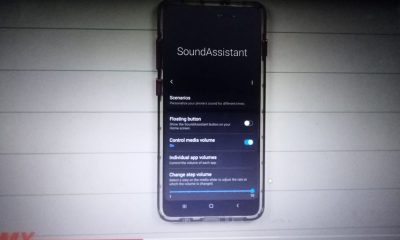
 Gadgets2 years ago
Gadgets2 years agoComplete Guide About Equalizer settings for Samsung-Soundbar
-

 Accessories2 years ago
Accessories2 years agoBlink Camera’s Temperature Sensor Settings, and More
-

 Solutions3 years ago
Solutions3 years agoWhy is My Samsung TV Picture So Dark? Exploring the Possible Causes
-

 Gadgets3 years ago
Gadgets3 years agoFitbit Symbols Meaning: What Do The Fitbit Icons Mean?
-

 Accessories2 years ago
Accessories2 years agoCan Siri Control Samsung Televisions And Are Samsung TVs Homekit Compliant?


